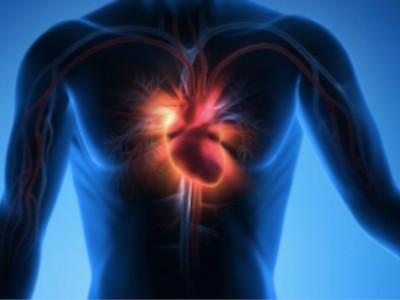
- Published on 27-Apr-2022
- 0 Likes
- 0 Comments
- 358 Times Read
Disease Facts Heart disease is actually a general term that includes a number of diseases which affect the heart. Coronary artery disease, congestive heart failure, and angina are some of the heart related diseases falling under heart diseases. The hearts main function is pumping blood around the body carrying oxygen and other nutrients to areas that need it. When this function or process is broken up, or does not work properly, it can result to serious illness or even death.
A lot of life style factors take part in some causes of heart disease such as cigarette smoking, physical inactivity, alcohol intake, and obesity. Hypertension and serum cholesterol also play a key role in the formation of heart disease.
Risk factors for heart disease can be categorized into two: those that can be changed and those that cannot be changed. Some changeable risk factors for heart disease include hypertension, cholesterol levels, cigarette smoking, alcohol intake, diabetes mellitus, and physical inactivity.
Unchangeable risk factors of heart disease include family history, personal medical history, race, age (the older one gets, the greater the risk), and sex (men are at a higher risk than women).
Cholesterol although needed by the body as a component of nerve tissue and the spinal cord, needs to be controlled because it is a major component of the plaque that clogs the arteries.
There are several types of cholesterol but two of them are most commonly heard about which are High Density Lipoprotein (HDL) is and Low Density Lipoprotein (LDL). HDL is considered to be good cholesterol because it does not tend to clog the arteries and actually helps carry some bad cholesterol out of the body, whereas LDL is called the bad cholesterol as they are known to clog the arteries and cause heart disease.
Fats have several types that play an important role in the body too. Some fats however, have a negative effect on cholesterol and needs to be avoided to follow a heart healthy diet. Saturated fats are fats that are solid at room temperature thus they raise LDL levels. Polyunsaturated fats consist of omega 3 and omega 6 fatty acids which have an opposite effect on cholesterol. Omega 3 fatty acids lower cholesterol and they are found in fish, walnuts, flaxseed, and canola oil. Omega 6 fatty acids on the other hand, can increase the risk of heart disease; they are found in vegetable oils. Monounsaturated fats reduce cholesterol and lower LDL levels, while tans fatty acids are unsaturated fats that tend to raise cholesterol and must be avoided.
Having a heart healthy diet is based on several guidelines as listed by Health Associatios which includes:
- eating a variety of grain products;
- eating a variety of fruits and vegetables every day;
- balancing the number of calories eaten with the number of calories you use each day;
- choosing fats with two grams or less of saturated fats per serving;
- eating less than size grams of sodium a day;
- limiting the intake of food high in calories and low in nutrients;
- increasing intake of monounsaturated fat, omega 3 fatty acids and soluble fiber;
- maintaining a level of physical activities that keeps the body fit.



0 Comments